Piglet’s Big Game is back in the headlines, or possibly just in the headlines for the first time ever having risen above its status as a forgettable tie-in to a forgettable movie thanks to its uncanny similarities to Silent Hill 2. I definitely played one (or more) of the Winnie the Pooh games as a kid, but I don’t remember if it was this one. If it was, I don’t remember particularly caring about the survival horror aspects at the time. But looking at its newfound popularity, it just makes me sad.
It’s a fun trend seeing the obvious-when-you-think-about-it connections, and it’s always nice to see the gaming community united by something instead of endlessly divided. And I don’t even know if Piglet’s Big Game deserves to be remembered – I might have played it, but can’t recall, which doesn’t bode well if I did. But in five or ten years time, we won’t have these things to look back on because we don’t make them anymore.
Double-A Games Are What We Need
We still have underrated games and cult classics, of course. I’ll tell anyone who will listen that Ghostwire: Tokyo and Marvel’s Midnight Suns deserved bigger audiences in 2022, and I hope time will eventually prove me right on at least one of them. There are lots of indies that fail to make an impression at launch but then put in the work or get lucky (or both) and become breakout hits. Among Us is testament to that. But it’s not quite the same.
Ghostwire and Midnight Suns were both aiming at the biggest audience possible. Midnight Suns was a card-based tactical grid battler released in December, which limited its appeal, but the presence of Iron Man, Blade, and Hulk was supposed to tip the scales back. Piglet’s Big Game seems like your typical tie-in game, and it is – I’ve already written about my mourning for games of that ilk. But what it really represents is the death of the double-A.
Games are either aiming to be the biggest and best the series has ever seen, or they don’t really get made now. Games that do squeeze into this mythical double-A market often do so despite having taken several years to develop and therefore need triple-A returns on a double-A experience. Audience expectations also lean so heavily into triple-A that these double-A games are judged by triple-A standards and are therefore found wanting.
These games aren’t that much cheaper to make, don’t sell as well, and aren’t liked as much. It’s obvious why most studios stopped making them. But they might be the future of gaming.
Smaller, More Creative Games Can Save Us
Yakuza creator Toshihiro Nagoshi has already discussed the need for games to be smaller. At 50-80 hours, the latest Yakuza game (Like a Dragon: Infinite Wealth) is par for the course in triple-A games. But it does so cleverly, having half the game take place on a new but fairly contained Hawaii map, and the other half on the Yokohama map that was used in Yakuza: Like a Dragon. It’s a technique the series has used well to its advantage previously, in Kamurocho, and will in the next game Like a Dragon: Pirate Yakuza in Hawaii.
Games cost too much and take too long to make. We know it’s unsustainable. Is anyone going to have a change of heart after seeing Piglet’s Big Game be memed on? Extremely unlikely. But with mass layoffs and skyrocketing costs, something needs to change, and soon. Behind the memes there is a real affection for Piglet’s Big Game, both from those who played and those who have just discovered it. These smaller games can give us that because back then they seemed to have way more license to be inventive.
While the game is a blur, I vividly remember watching Piglet’s Big Movie as a kid, and can recall no Silent Hill-esque portion. With the movie coming in at just 75 minutes and being light on… well, anything interesting (I love Winnie the Pooh, but let’s be real now), the developers had to use their imaginations. This is why I loved old tie-in games so much. They often showed signs of being rushed, and loyalty to the movie’s narrative while needing to stretch it across ten hours often made them feel thin, but they were inventive. You could see the imagination flowing through them.
Again, we get some endlessly inventive video games these days. Last year’s top two games, Baldur’s Gate 3 and The Legend of Zelda: Tears of the Kingdom, are invention manifest from a narrative and mechanical view respectively. The increased budgets and tech does mean some games have been able to inject a greater level of creativity, but more often than not they lead to hand-wringing and made-by-committee medalling that sands away any spark.
What does a made-by-committee Piglet’s Big Game look like? It doesn’t have Silent Hill, and that’s the only thing people remember it for. How many games are doomed to obscurity by meddling? And how do we get back to the era of Piglet’s Big Game? It might not be through tie-ins, but it surely must be through shorter, more imaginative experiences with developers given more control and less pressure to fill massive scopes.
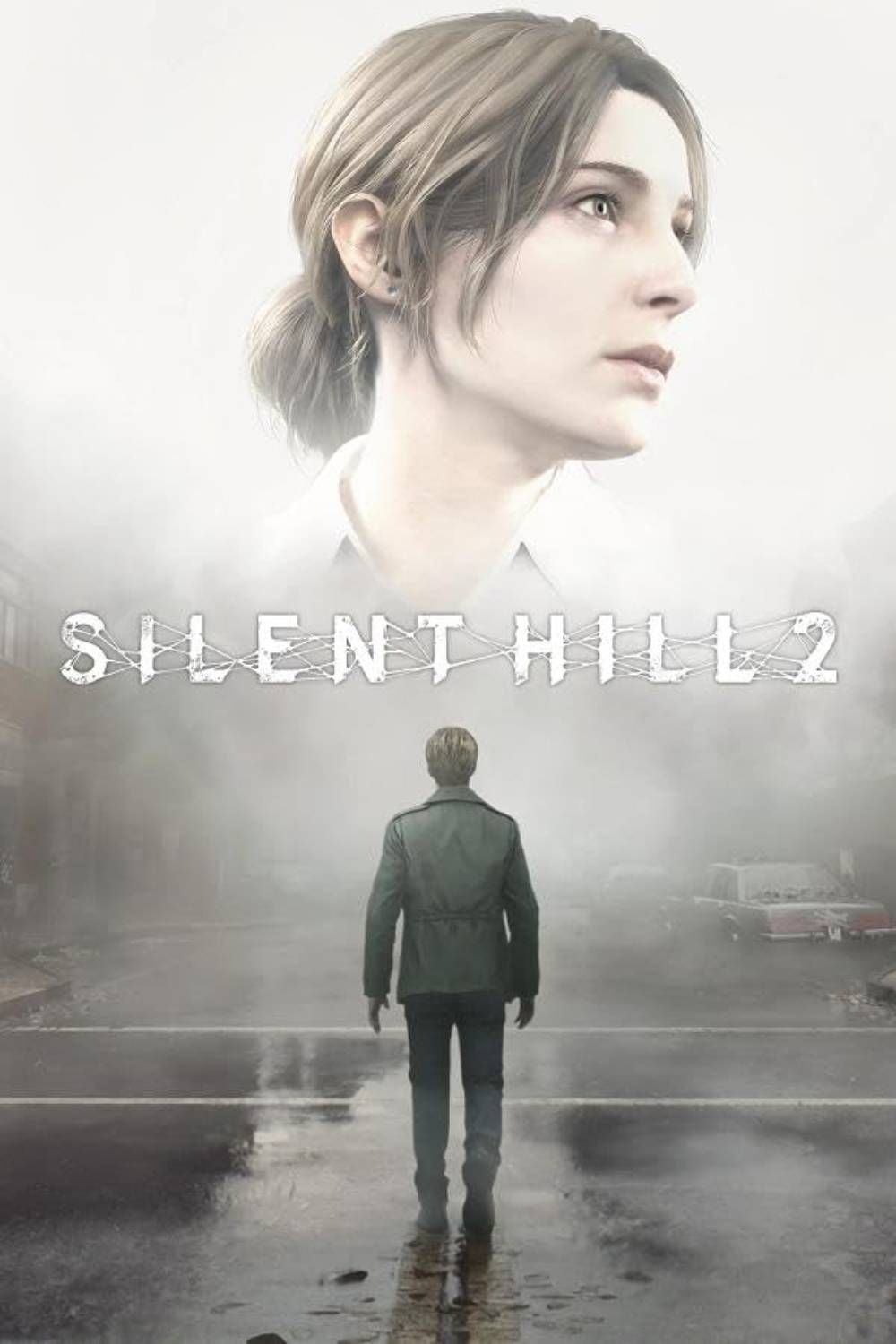
-

OpenCritic
-
Top Critic Rating:
86/100


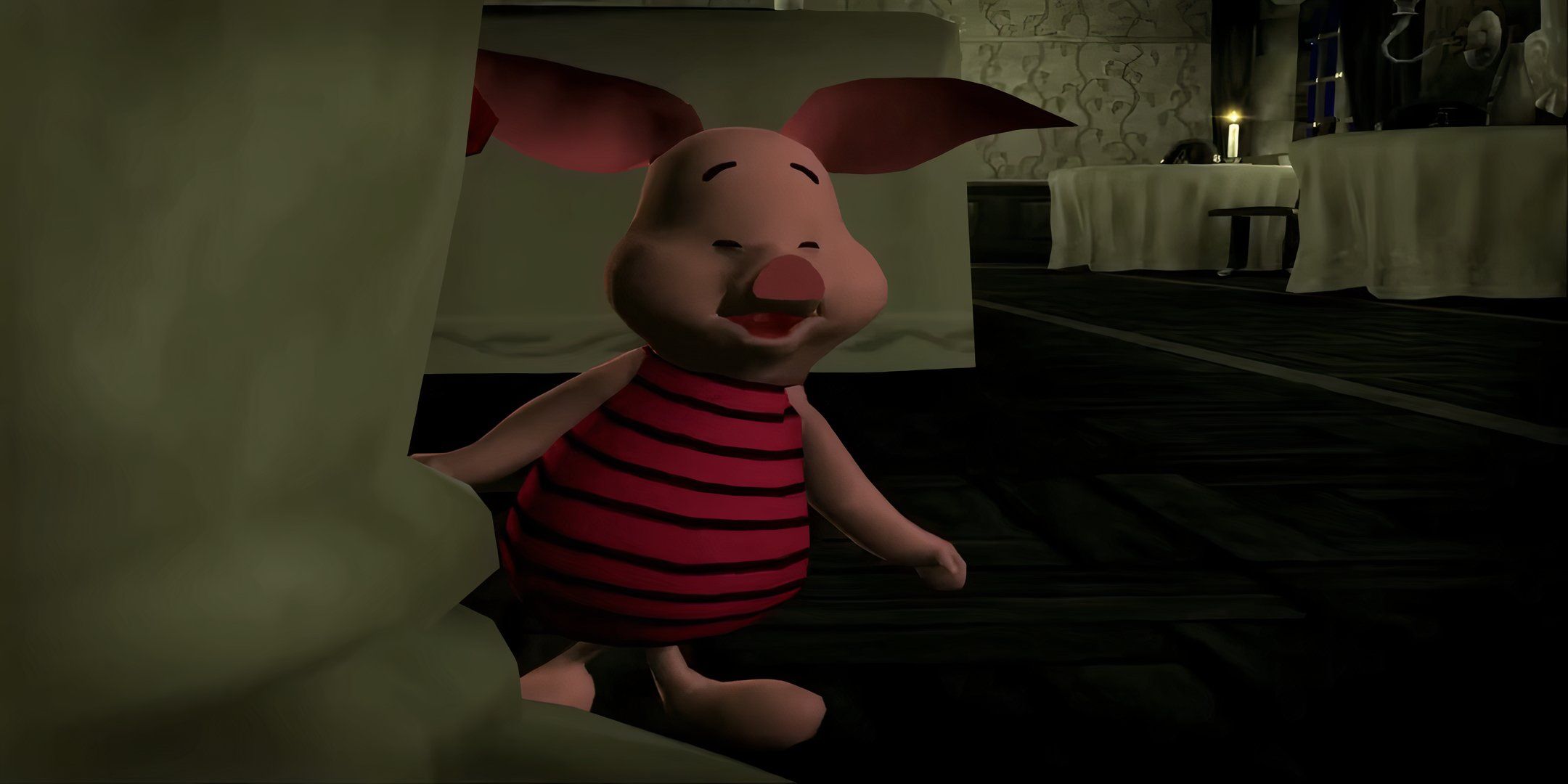
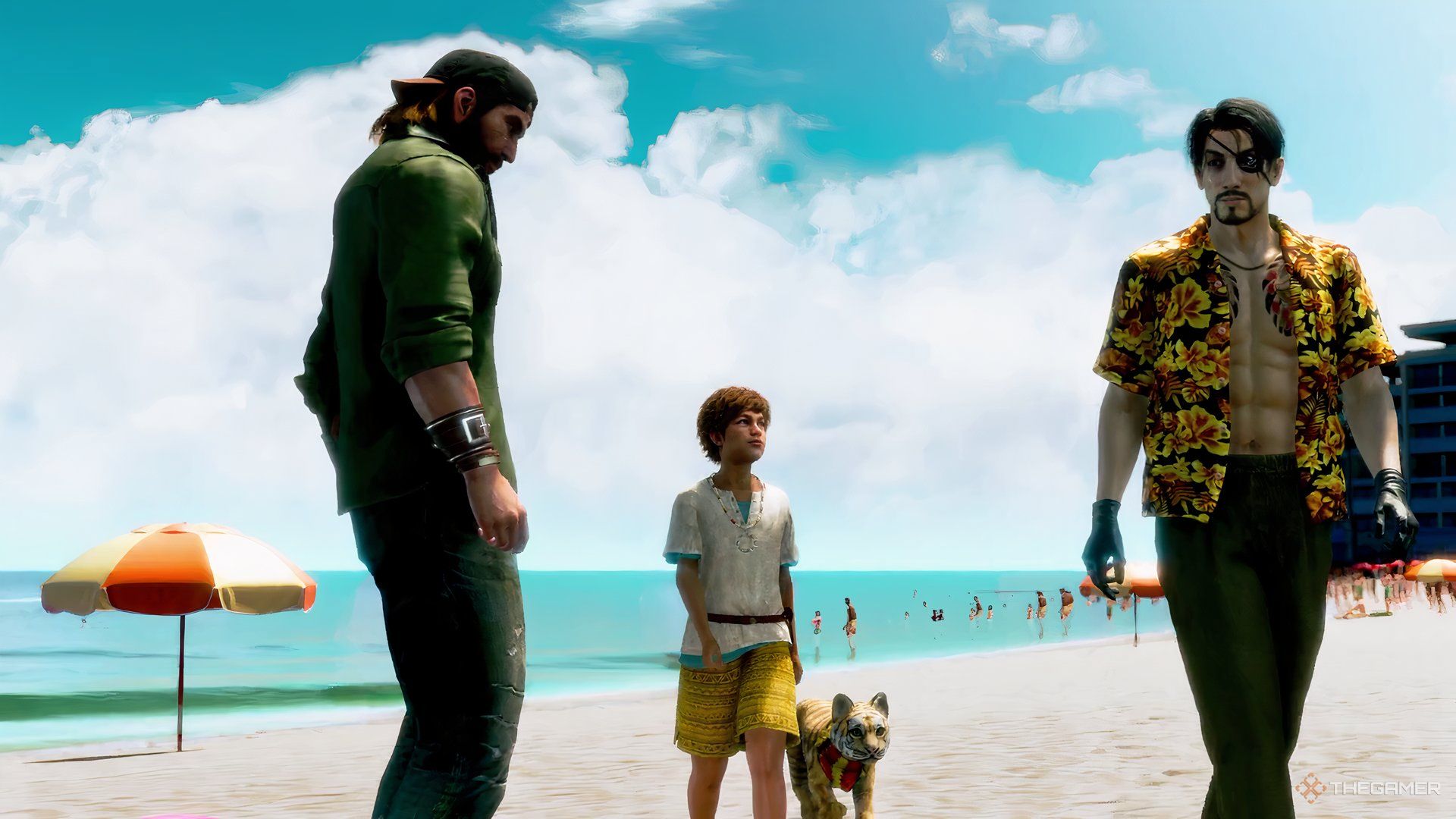
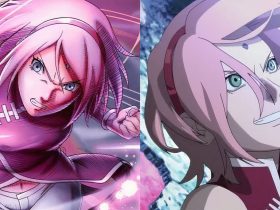
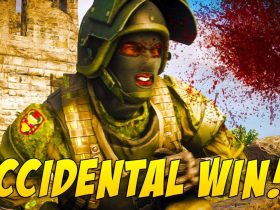

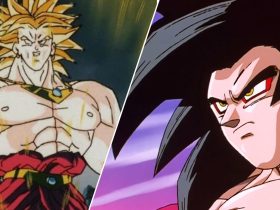
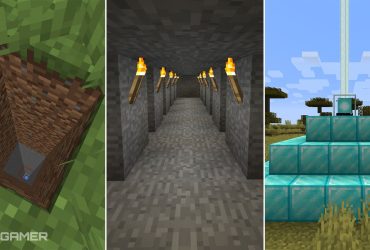
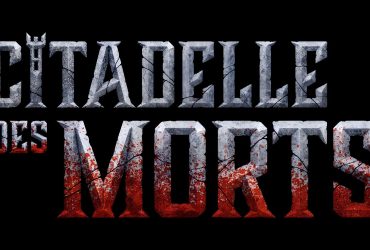
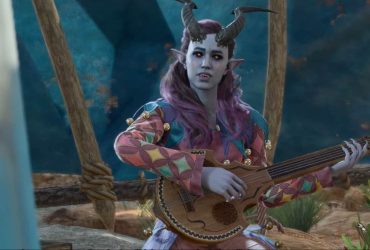
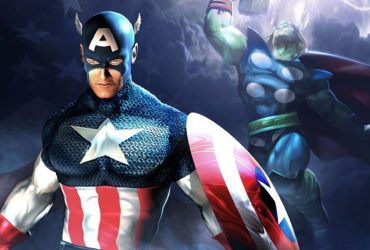
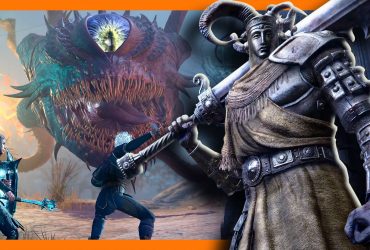
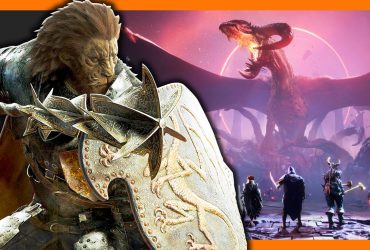
Leave a Reply